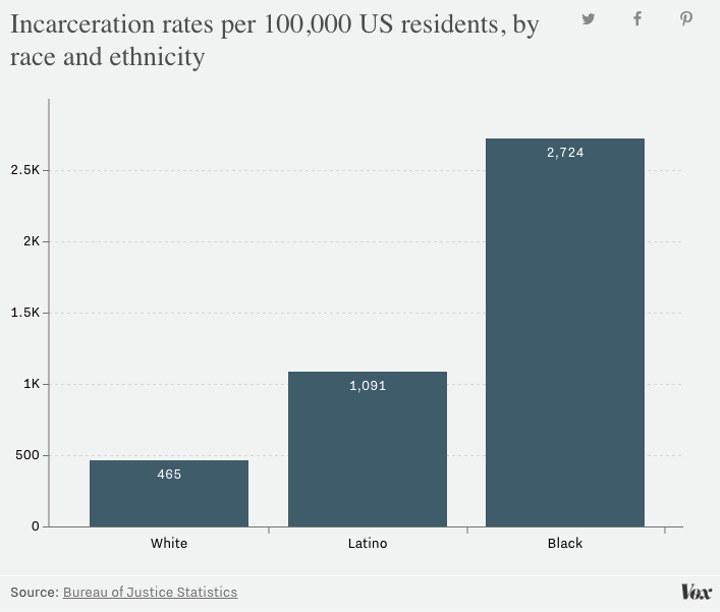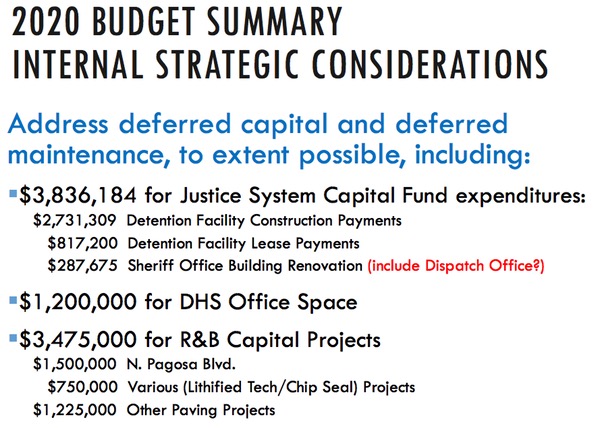There’s reason to doubt the accuracy of a 2016 Harper’s Magazine op-ed quote from John Ehrlichman, President Richard Nixon’s domestic policy chief, written by reporter Dan Baum. Baum quoted Ehrlichman from an interview in 1994, essentially claiming that the Nixon Administration attacked its imagined opponents — blacks seeking their civil rights, and the political Left seeking an end to the Vietnam War — by creating the “War on Drugs”, making drug use into the most dangerous crime in America, and thus locking up an inordinate number of students, Leftists, and blacks — not for their political beliefs but for their lifestyles.
From that Ehrlichman quote:
“You understand what I’m saying? We knew we couldn’t make it illegal to be either against the war or black, but by getting the public to associate the hippies with marijuana and blacks with heroin, and then criminalizing both heavily, we could disrupt those communities. We could arrest their leaders, raid their homes, break up their meetings, and vilify them night after night on the evening news. Did we know we were lying about the drugs? Of course we did.”
It’s possible Ehrlichman was inventing facts… and it’s possible Baum related the interview incorrectly. It’s also possible that the quote is absolutely accurate.
If we look at the history of incarceration during the Nixon Administration, however, we don’t see an increase in incarceration during Nixon’s time on office. In fact, the historical timelines I’ve come across suggest that combined state and federal incarceration levels remained relatively stable during the Nixon years (1968-1974). Here’s a graph provided by the Sentencing Project.

During the Nixon years, the rate of incarceration in America was similar to the rates in other industrial democracies. In fact, according to the graph above, the mass incarceration of Americans didn’t really take off until after Nixon’s resignation. A delayed implementation of a well-conceived plan?
By 2008, the number of Americans locked up in state and federal facilities was almost 8 times the rate in the Nixon years. This does not include the people locked up on local county jails. The US currently imprisons a higher percentage of its citizens than any country in the world, including Russia and China. Our rate of incarceration is about 6 times the rate in China, and the incarceration rate of blacks and Hispanics is more than double the rate among whites.

I mentioned yesterday, in Part One, that the Southern Ute Indian Tribe is reportedly closing down their detention center by the end of 2019 — a couple of weeks from today. That facility was built twenty years ago, in 1999, to accommodate up to 57 inmates, but lately, the number of inmates has averaged around 13, most of whom were not Southern Ute tribal members
The announcement to close the jail was posted to the Southern Ute website in early October, and reads in part:
Over the past two years the Tribal Council has focused on reducing the Permanent Fund’s budget. In fiscal year 2019, Tribal Council cut the budget by over $14 million. In looking at the 2020 budget and performance metrics of the departments, Council continued to look at ways to reduce costs. One area of focus has been the Southern Ute Tribal Detention Center, which serves very few Southern Ute tribal members but costs millions of dollars to operate. This week, the Tribal Council made a decision to close the Detention Center no later than December 31, 2019…
Meanwhile, a few dozen miles away, the Archuleta Board of County Commissioners are in the midst of constructing what might be the least attractive new building constructed in Pagosa Springs in the past 30 years: a 56-bed detention center, the construction and debt for which will run an estimated $21 million over the next 15 years. The annual debt payment, in the 2020 Archuleta County budget, appears to be about $820,000. (The Archuleta County budget has become progressively more difficult to understand over the past four years, in my humble opinion. But maybe that’s progress?)

To put $21 million into perspective, former Commissioner Michael Whiting stated on a couple of occasions that the County would need about $45 million to bring all of the county roads up to “good condition.” It now appears to many of us that the BOCC will fund the new Fred Harman III detention center debt partly by reducing the amount of money spent on local road maintenance.
But back to the Southern Ute press release:
…However, in recent years the inmate population has declined. Alternatives to incarceration can be more effective for many crimes, particularly those involving alcohol and drug abuse. Community programs and Wellness Court have helped reduce the number of Southern Ute repeat offenders. Over the past fiscal year, the Detention Center held an average of 13 inmates per day, with approximately four of those sentenced through our Tribal Court. The remainder are contract inmates from other tribes…
…The cost to operate the Detention Center is over $2 million dollars per year. By using the services of either the LaPlata County jail or the Archuleta County jail, which is scheduled to open next year, we can save the tribal membership between $1.5 and $2 million dollars per year.
When the Archuleta County Sheriff’s Office was operating a much smaller jail — about 36 beds — in the historical Archuleta County Courthouse — the operational cost was right around $1 million per year, looking at budgets prior to 2015 when that jail was abandoned. The taxpayers have never, to my knowledge, been given an estimate for how much the new Fred Harman III Detention Center will cost to operate.
We do know, however, that it cost the Sheriff’s Office a total of about $400,000 last year to house all our inmates at the La Plata County Jail, an hour’s drive away. That total includes all detention expenses noted in the County budget: transportation costs, medical expenses, the fees charged by La Plata County, etc.
If the Southern Ute Tribe was indeed spending more than $2 million to operate a 57-bed detention center a few dozen miles away, with an average head count of 13 inmates, we might guess that the Archuleta County taxpayers will soon be forking out a similar amount to house an average of 22 inmates at the new 57-bed Fred Harman III Detention Center. That’s $820,000 in annual debt payments, plus $2 million in operational expenses, minus the amount currently spent to house our inmates in Durango, equals $2.4 million dollars per year, to house maybe two dozen people, on average.
Over just the next 10 years, that will add up to $24 million, if costs remain the same. It appears it would have cost us about $4 million to continue using the La Plata County Jail for the next 10 years. But who’s counting?
According to a Power Point presentation on next year’s Archuleta County Budget, it looks like the amount of money to be spent on “deferred capital and deferred maintenance” will be split: about $5.0 million on new County buildings (including the $820,000 for jail debt, here referred to as “Lease Payments”) and about $3.5 million on our 300 miles of old County roads.

We are confronted by three huge issues. The ongoing costs to the taxpayers in annual dollars spent, based on our current incarceration rates. The obvious racial discrimination exhibited by our law enforcement and incarceration systems. And the damage to human lives caused by incarceration.
Is there actually a better way to protect our community, than by locking people up?
